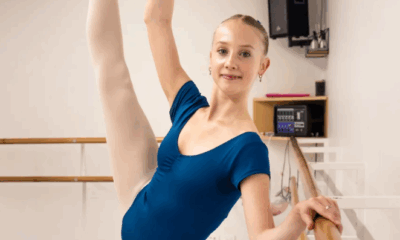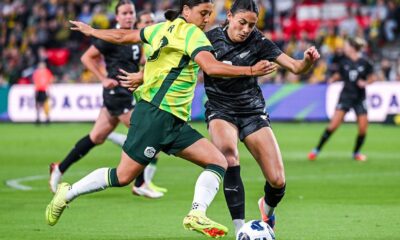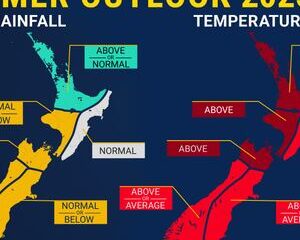Lifestyle
Māori-Indian Collaborations Shine at New Zealand’s Independence Day Celebrations
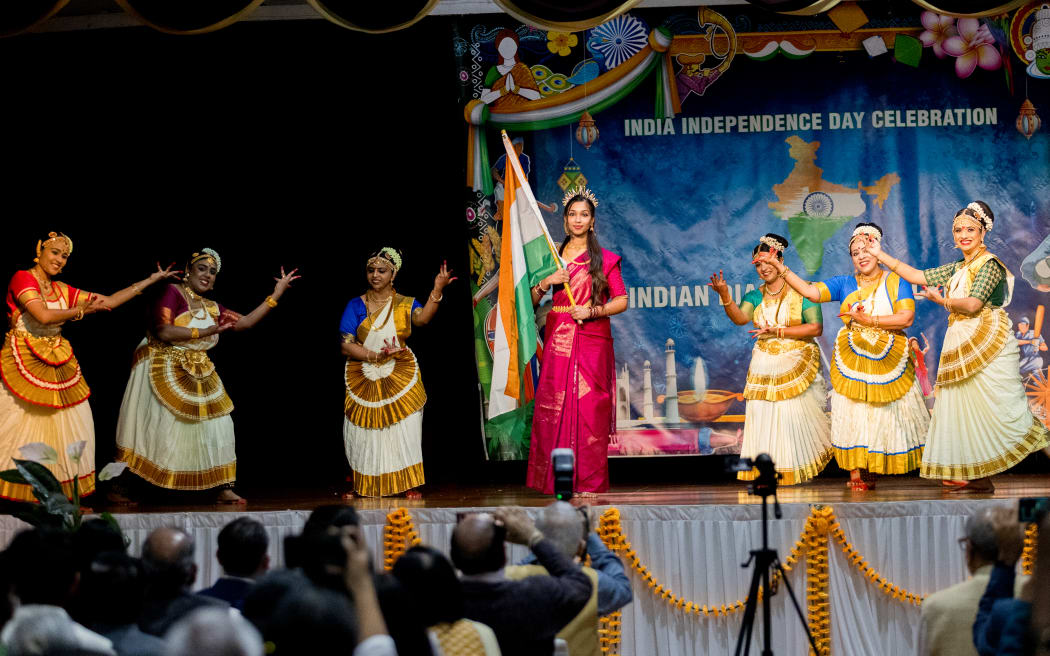
New Zealand’s Indian community celebrated India’s Independence Day with vibrant festivities over the weekend, culminating in a series of events that showcased cultural diversity and collaboration between Māori and Indian cultures. The celebrations, which took place from August 15 to August 17, featured a mix of traditional and contemporary activities, including a Masterchef competition and fashion shows, drawing participants from across the country.
Auckland, home to New Zealand’s largest Indian diaspora, was at the heart of these celebrations. Events were held at various venues, including the Mahatma Gandhi Centre, where community organizations united to honor India’s rich heritage. Prime Minister Christopher Luxon and opposition leader Chris Hipkins made a memorable appearance at the Dew Drop Events Centre, delighting attendees with their dance moves during a popular Indian performance.
On August 16, representatives from over 15 Indian states performed regional folk and classical dances at Mount Eden in Auckland, further emphasizing the theme of unity in diversity. Earlier, on August 15, the Indian High Commission in Wellington and the Consulate General in Auckland hosted a joint reception marking the historic day when India gained independence from British rule in 1947. Notable attendees included Nikhil Ravishankar, the incoming CEO of Air New Zealand, who is set to lead one of the country’s most recognized corporate brands starting in October.
At the various gatherings, speakers highlighted the significant contributions of the Indian community in New Zealand. Minister for Ethnic Communities Mark Mitchell praised Ravishankar’s appointment, underscoring the community’s economic and cultural impact. The Indian population in New Zealand has surged, with the 2023 Census revealing that 292,092 individuals identified as having Indian heritage, a remarkable 22 percent increase since 2018. This growth has positioned the Indian community as the third largest in the country, surpassing the Chinese population.
In a notable reflection of their economic contributions, Indian adults in New Zealand reported a median income of $51,600, significantly higher than the national average of $41,500. The community’s economic impact has been substantial, with estimates suggesting they contributed approximately $10 billion to New Zealand’s economy in 2019, according to a report by Sense Partners.
Celebrating Cultural Collaborations
The celebrations also featured innovative cultural collaborations between Māori and Indian communities. In Auckland, the Whiria Collective teamed up with India’s CD Foundation to organize a fashion show and culinary competition. Māori chefs, including Sam Linstrom and Hera Te Kurapa, faced off against Indian chefs to create fusion dishes that highlighted the unique flavors of both cultures. Judge Anand Erickson, a lecturer at Auckland University of Technology, expressed enthusiasm for this blend of culinary traditions, noting that it reflects contemporary trends in food.
Performances during the celebrations included a showcase of traditional dances from the Indian state of Telangana, featuring ancient art forms like Perini Natyam and Dappu. Dancer Ravi Kumar described the dances as narratives centered around Hindu mythology, particularly stories related to the God Shiva.
The Indian diaspora in Auckland also demonstrated their creative talents, with local artists performing classical Indian dances. Mary Shaji performed Mohiniyattam, a dance form from Kerala, emphasizing the importance of such celebrations in maintaining cultural roots. Fellow performer Sonali Banerjee from the Probasee Bengali Association echoed this sentiment, highlighting the need to pass on Indian heritage to younger generations.
Unity Through Diversity
The spirit of unity was palpable throughout the celebrations, with events like “United in Diversity” in Palmerston North bringing together community groups from various Indian states. In Dunedin, the Indian Association organized a “grand patriotic event” featuring Carnatic music, while Hamilton hosted Indian pop singer Shibani Kashyap in a collaborative effort with local Indian organizations.
These celebrations not only honored India’s historical struggle for independence but also showcased the growing influence and success of the Indian community in New Zealand. As the country looks to strengthen its ties with India, Prime Minister Luxon’s recent visit to the South Asian nation has reignited discussions about a potential free trade agreement, further solidifying the relationship between the two nations.
Overall, the Independence Day celebrations in New Zealand served as a powerful reminder of the dynamic contributions of the Indian community and the importance of cultural collaboration in fostering unity across diverse backgrounds. As these communities continue to grow and thrive, their shared stories and traditions will undoubtedly play a crucial role in shaping New Zealand’s multicultural landscape.
-
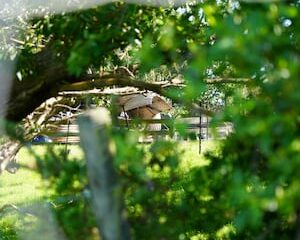
 World1 week ago
World1 week agoPrivate Funeral Held for Dean Field and His Three Children
-

 Top Stories2 weeks ago
Top Stories2 weeks agoFuneral Planned for Field Siblings After Tragic House Fire
-

 Sports3 months ago
Sports3 months agoNetball New Zealand Stands Down Dame Noeline Taurua for Series
-

 Entertainment3 months ago
Entertainment3 months agoTributes Pour In for Lachlan Rofe, Reality Star, Dead at 47
-

 Entertainment2 months ago
Entertainment2 months agoNew ‘Maverick’ Chaser Joins Beat the Chasers Season Finale
-

 Sports3 months ago
Sports3 months agoSilver Ferns Legend Laura Langman Criticizes Team’s Attitude
-

 Sports1 month ago
Sports1 month agoEli Katoa Rushed to Hospital After Sideline Incident During Match
-

 World2 weeks ago
World2 weeks agoInvestigation Underway in Tragic Sanson House Fire Involving Family
-

 Politics2 months ago
Politics2 months agoNetball NZ Calls for Respect Amid Dame Taurua’s Standoff
-

 Top Stories2 weeks ago
Top Stories2 weeks agoShock and Grief Follow Tragic Family Deaths in New Zealand
-

 Entertainment3 months ago
Entertainment3 months agoKhloe Kardashian Embraces Innovative Stem Cell Therapy in Mexico
-

 World4 months ago
World4 months agoPolice Arrest Multiple Individuals During Funeral for Zain Taikato-Fox

